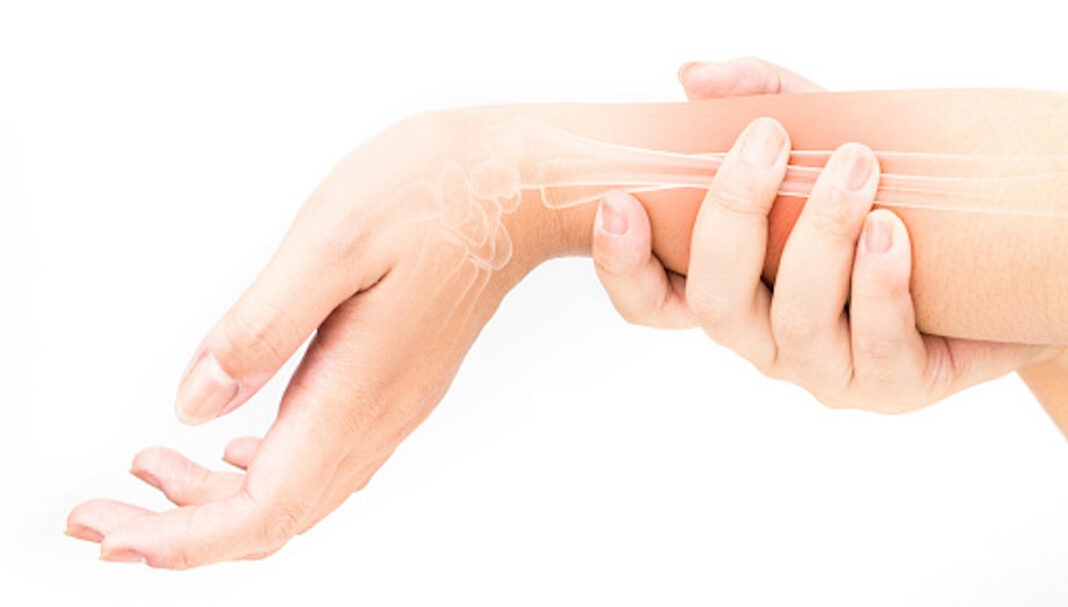Case scenario
Carol, a 67-year-old woman, presents to your pharmacy, tells you that she has not been very active since the coronavirus lockdown and that it’s nice to get outside the house. You screen her for osteoporosis using the Know Your Bones tool and find that she has a medium risk of fracture. You suggest she visits her GP for a formal assessment.
Learning objectivesAfter reading this article, pharmacists should be able to: • Identify patients at risk of osteoporosis |
THIS IS A CPD ARTICLE. YOU NEED TO BE A PSA MEMBER AND LOGGED IN TO READ MORE.















